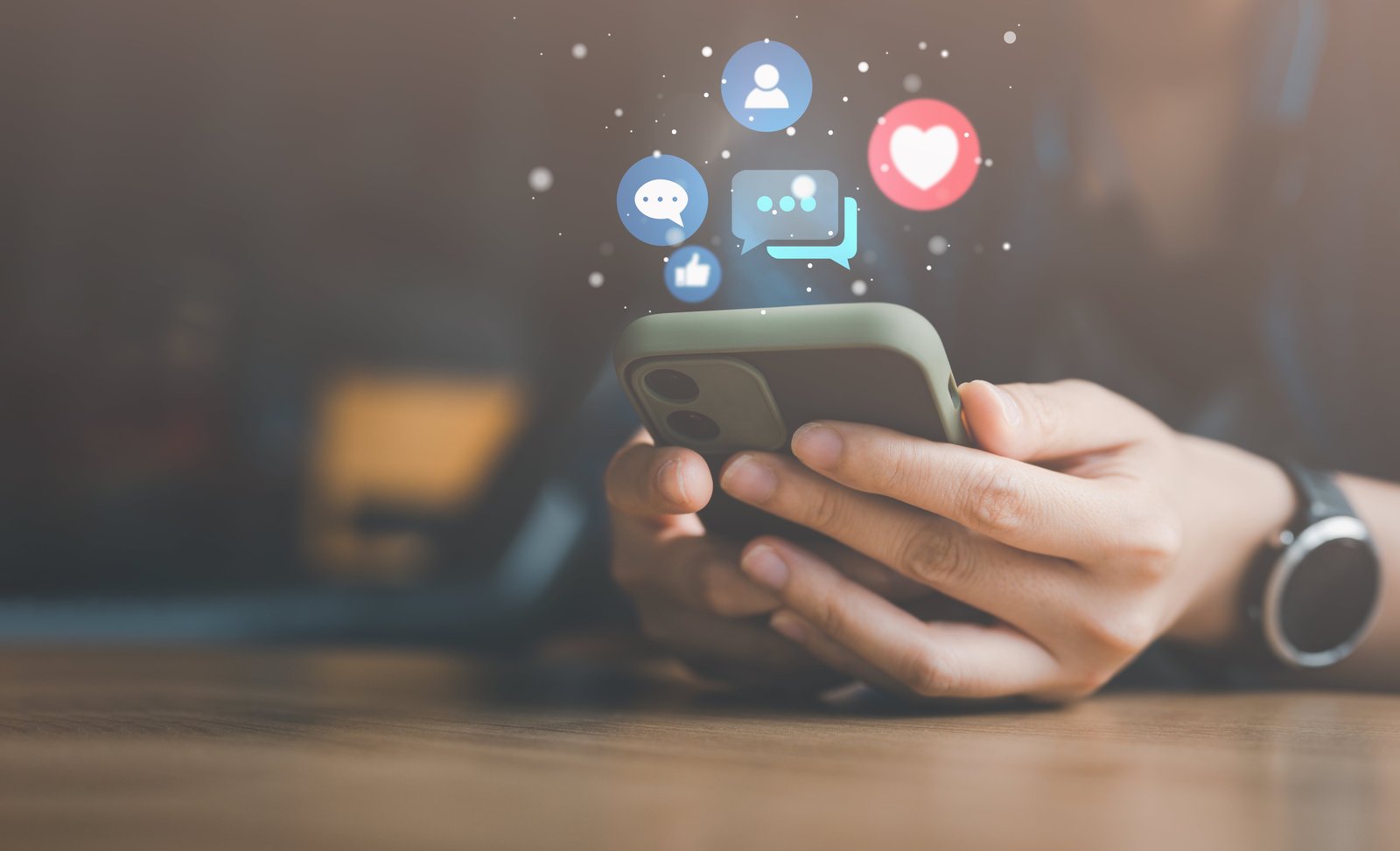Data is the most valuable thing today and the information shared over social media counts for your data and presence over the internet. The information shared over social media can become a tool for cybercriminals to target you. Thus it becomes crucial to limit the information shared over various social media platforms and perform periodic social media sanitization.
In this article we aim to deliver a procedural guide on how you can sanitize the information shared over social media platforms:
Google Yourself
The first step is to Google yourself to see what information is present about you. Look up your every account with both name and email address.
Look under the images search, as well as blog and news item searches to get the full picture.
You may be surprised at what pops up: Old profiles created for unused blogs or a MySpace page collecting dust!. If you didn’t delete them they will still be floating in cyberspace and presenting a historical profile about you.
Clean up Your Existing Social Media Profiles
Now that you know what’s out there, it’s time to do some cleaning! The first thing is to review your privacy settings.
Like Facebook many websites allow you to restrict privacy to a minimal level so you can have little or nothing visible to the public. Consider what you want to be seen on Facebook, Twitter, LinkedIn, Instagram, and any other profile. Make sure to sanitize the pictures, comments, tags, and check-ins, and ensure the privacy settings are set to minimal and to the selected audience. Doing this will help you restrict the information available on public social media profiles
Unfollow the accounts, pages, and friends
Tired of all the clutter and unwanted messages, photos, posts, and likes on your feed. Unlike all the spam pages, remove yourself from all the groups you are tired of. Also, remove or unfollow all the friends you are tired of getting spammed.
Performing these actions you will have a clean and relevant feed with the topics that interest you. You will be protected from phishing and social engineering groups as your likes and social media groups present information about your interests.
Review your mobile use: if you don’t need it, delete it.
Set a password or lock pattern on your mobile device so that it cannot be accessed by other people if you accidentally lose or forget it. From time to time, review the apps on your phone or tablet. Review what are their privacy or information-sharing settings? If you don’t use an app or social media network anymore, delete your account and app from the mobile device.
Change your online personality
If cleaning up your profile has taken a big chunk of time to this point, it’s a sign you may need to do permanent online changes. It’s never too late to turn your online conversations around. Be sure to flourish your Twitter feed with some positive, useful content that reflects the person you aspire to be.
If you feel the need to vent, rage, or be highly opinionated (to the point of hate), then start a private Tumblr or blog site. Learn to distinguish your personal and professional posts on social media this will help you be safe and avoid unnecessary conflicts.
We hope that you will follow these steps to be safe and successfully complete social media sanitization. These steps will help you to be secure on social media platforms, and most certainly it will bring a certain peace of mind to you when you are away from all unnecessary clutter from social media.





